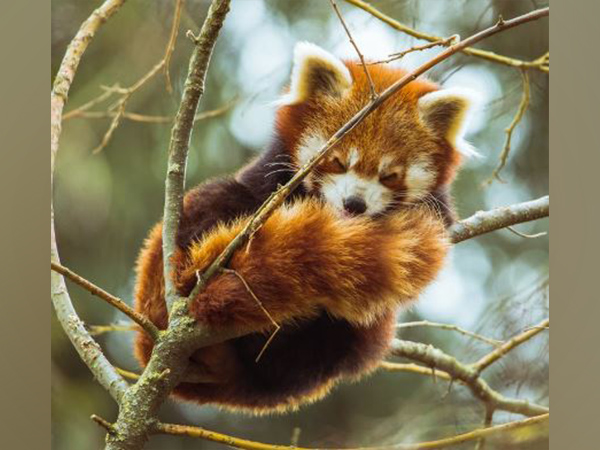

The findings of the research were published in the journal ‘Royal Society Open Science’.
The study studied the behaviour of a rare bird called the Bali myna (Leucopsar rothschildi), of which there are fewer than 50 living in the wild.
Led by Dr Rachael Miller of Anglia Ruskin University (ARU), alongside colleagues from Cambridge University and the National University of Singapore, the study examined how 22 captive Bali myna birds responded to the presence of new objects and types of food, in addition to how well they tackled simple problem-solving tasks.
The researchers believe that gathering this type of behavioural data can aid in new conservation strategies. Behavioural flexibility is crucial for an individual’s adaptability and survival, and so pre-release training and identifying specific birds for release could help with the successful reintroduction of endangered species, such as the Bali myna, into the wild.
The study was carried out over a six-week period at three UK zoological collections – Waddesdon Manor (National Trust/ Rothschild Foundation), Cotswolds Wildlife Park and Gardens, and Birdworld – and the researchers found overall that birds took longer to touch familiar food when a novel item was present.
Age was a key factor in the behaviour displayed, with adult birds proving to be more neophobic than juveniles. The researchers also discovered that the birds that quickly touched familiar food that was placed beside a new object were also the quickest to solve problem-solving tasks.
This new study is part of a larger project led by Dr Miller, Lecturer in Animal Behaviour at Anglia Ruskin University (ARU), aiming to combine avian cognition and behaviour research with conservation, to help threatened species.
Dr Miller said, “Neophobia can be useful in that it can help birds avoid unfamiliar dangers, but it can also impact their adaptation to new environments, such as through an increased reluctance to approach new foods.
“An understanding of behavioural flexibility, specifically how species and individuals within that species respond to novelty and approach new problems, is vital for conservation, particularly as the world is becoming increasingly urbanised. Many species need to adapt to human-generated environmental changes and how an animal responds to novelty can predict post-release outcomes during reintroductions.
“We selected the Bali myna for this study specifically because they are on the brink of extinction, with fewer than 50 adults in the wild in Indonesia, but there is a captive breeding programme of almost 1,000 birds in zoos around the world.
“As part of active conservation of the Bali myna, there is a need to continually release birds to try to boost the small, wild population. Now we have data on the behavioural flexibility of these birds, which can help to inform which birds may be best suited for reintroduction.
Our study has already identified that releasing juvenile Bali myna may potentially be more successful than releasing adult birds, at least in terms of adaptability to new environments.
“Our data can also help with developing training before release, where captive birds may learn to increase fear responses to traps or people if they were to be introduced in areas where poaching takes place, or to decrease neophobia by exposure to unfamiliar safe food sources in areas with low resources. We believe the overall project findings will be able to help not just the Bali myna, but hopefully many other endangered species.”